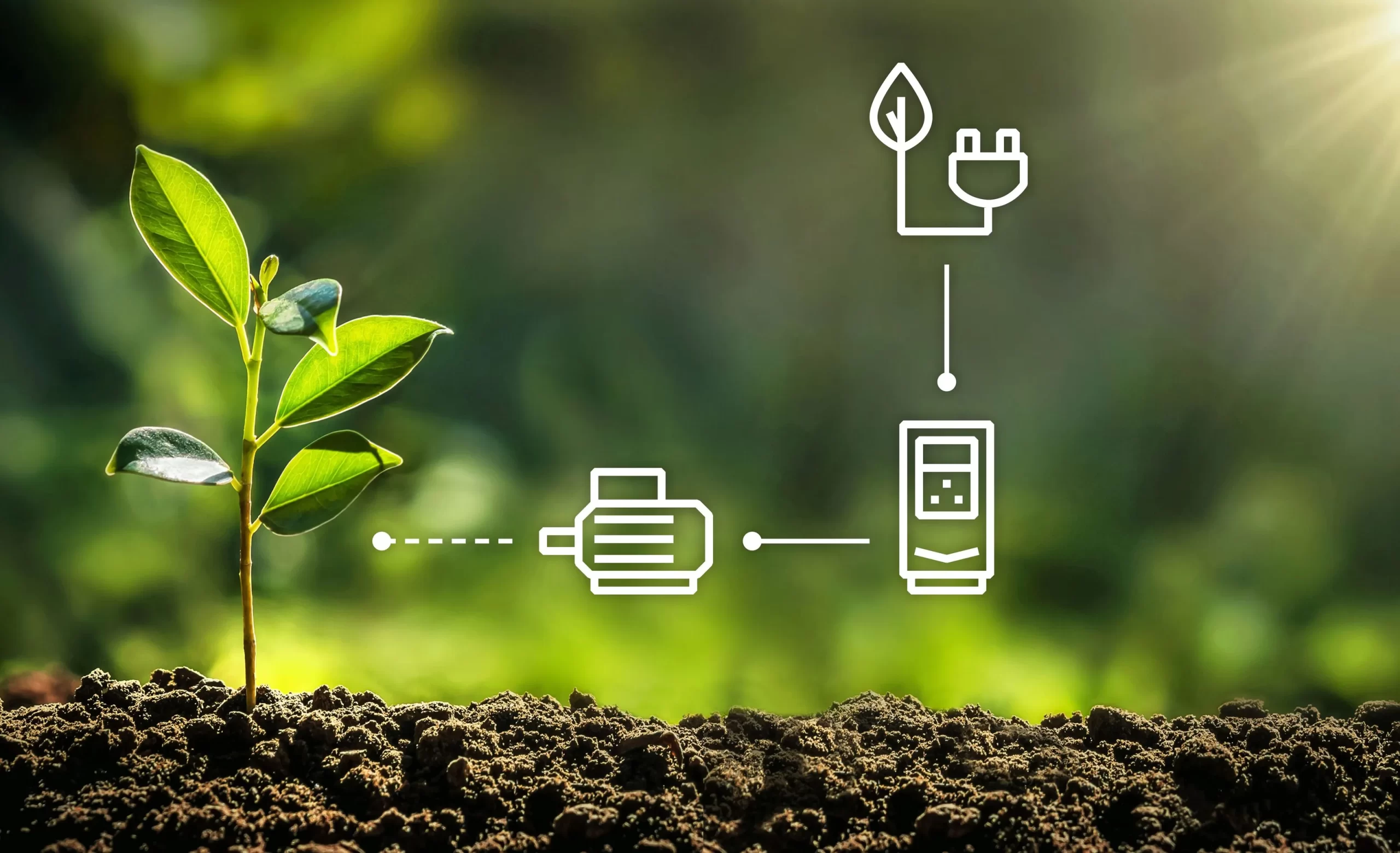
In today’s world, where environmental concerns and rising energy costs are at the forefront, the concept of energy efficiency has become paramount. Energy efficiency is not only a buzzword but a fundamental principle that governs modern living. It impacts our homes, workplaces, and the overall quality of life. In this article, we delve into the importance of energy efficiency, explore its applications in home design and technology, and discuss sustainable practices that can make a significant difference. For more information on energy-efficient living, visit My ADU website.
Energy-Efficient Home Design
Smart Insulation and Sealing
High-Quality Insulation Materials
Energy-efficient homes begin with effective insulation. Utilizing high-quality insulation materials, such as spray foam, fiberglass, or cellulose, ensures that your home maintains a consistent temperature and minimizes the need for excessive heating or cooling.
Sealing Leaks and Drafts
Identifying and sealing gaps, leaks, and drafts in your home’s envelope is crucial for energy efficiency. Properly sealing these areas prevents energy loss and maintains indoor comfort. Adequate ventilation is essential to ensure healthy indoor air quality.
Proper Ventilation
Balanced ventilation systems, such as heat recovery ventilators (HRVs) and energy recovery ventilators (ERVs), play a significant role in energy-efficient homes. They exchange stale indoor air with fresh outdoor air while recovering heat or energy in the process.
Energy-Efficient Windows and Doors
Double-Glazed Windows
Double-glazed windows, which consist of two panes of glass with a space in between, provide better insulation and soundproofing compared to single-pane windows. The gap between the glass panes acts as an additional barrier against temperature fluctuations.
Low-E Coatings
Low-emissivity (Low-E) coatings are thin layers of metallic material applied to window glass. These coatings allow natural light to enter while reflecting heat, helping to regulate indoor temperatures and reduce the workload on HVAC systems.
Airtight Doors
Invest in airtight doors that provide an effective seal against drafts and temperature fluctuations. Properly insulated doors prevent heat exchange and contribute to a more energy-efficient home.
Solar Design and Orientation
Passive Solar Heating
Passive solar design involves strategically positioning windows, walls, and thermal mass to harness and store solar heat. This natural heating process reduces the need for artificial heating during colder months.
Natural Cooling Strategies
To keep homes cool in hot climates, consider natural cooling strategies like cross-ventilation and shading techniques. Proper ventilation, combined with shade from trees or overhangs, can significantly reduce the reliance on air conditioning.
Solar Panels and Renewable Energy
Solar panels, often installed on rooftops, convert sunlight into electricity, offering a sustainable and renewable energy source. Integrating solar panels into your home’s design can help offset energy consumption and reduce reliance on the grid.
Energy-Efficient Appliances and Systems
High-Efficiency HVAC
Energy-Star Rated Systems
Invest in HVAC systems with Energy Star certification, which signifies high energy efficiency. These systems optimize heating and cooling while minimizing energy consumption.
Programmable Thermostats
Programmable thermostats allow you to set temperature schedules based on your daily routines. They automatically adjust heating and cooling settings, reducing energy waste when you’re not at home or during sleeping hours.
Zoning and Smart Controls
Implement zoning systems that divide your home into areas with separate temperature control. Smart controls enable remote access and adjustments, further enhancing energy management.
Energy-Efficient Lighting
LED and CFL Bulbs
Replace traditional incandescent bulbs with energy-efficient LED and CFL (compact fluorescent lamp) bulbs. These lighting options consume significantly less energy and have a longer lifespan.
Motion Sensors and Timers
Install motion sensors and timers for lighting in areas with sporadic use, such as closets, hallways, and outdoor spaces. These devices ensure that lights are only on when needed.
Daylight Harvesting
Maximize natural daylight by strategically placing windows and skylights. Daylight harvesting systems adjust artificial lighting based on the available natural light, reducing energy usage.
Efficient Water Heating
Tankless Water Heaters
Consider tankless water heaters that heat water on-demand rather than maintaining a reservoir of hot water. This eliminates standby energy loss and provides hot water as needed.
Solar Water Heating
Solar water heating systems use the sun’s energy to heat water for household use. They are an eco-friendly alternative to conventional water heaters, reducing energy consumption.
Timers and Insulation
Use timers on water heaters to heat water during off-peak hours when electricity is more affordable. Additionally, insulate hot water pipes to reduce heat loss during distribution.
Sustainable Practices and Lifestyle
Reduce, Reuse, Recycle
Minimalist Living
Embrace minimalism by decluttering your living spaces and reducing unnecessary possessions. A minimalist lifestyle not only reduces energy consumption but also enhances overall well-being.
Sustainable Materials
Choose sustainable building materials and finishes for your home, such as reclaimed wood, recycled metal, and low-VOC (volatile organic compounds) paints. These choices minimize environmental impact.
Recycling Programs
Participate in recycling programs available in your community. Proper recycling reduces landfill waste and conserves resources.
Water Conservation
Low-Flow Fixtures
Install low-flow faucets, showerheads, and toilets to minimize water consumption. These fixtures maintain water pressure while conserving water resources.
Rainwater Harvesting
Collect rainwater from your roof and use it for non-potable purposes like irrigation. Rainwater harvesting reduces reliance on municipal water supplies and conserves water.
Greywater Recycling
Implement a greywater recycling system to reuse wastewater from sinks and showers for landscape irrigation. This practice reduces water waste and promotes eco-friendly living.
Smart Home Technology
Energy Monitoring
Utilize energy monitoring systems to track your home’s energy usage in real time. These systems provide valuable insights into consumption patterns and allow for better energy management.
Smart Appliances
Opt for smart appliances and lighting systems that can be controlled remotely or through voice commands. These devices optimize energy usage and offer convenience.
Home Automation
Leverage home automation to create energy-saving routines and schedules. Smart systems can learn your preferences and adjust settings for maximum efficiency.
Conclusion
Energy efficiency is not merely a trend but a fundamental shift in how we live, build, and manage our homes. It offers numerous benefits, including cost savings, reduced environmental impact, and enhanced comfort. Embracing energy efficiency is a step towards a greener and more sustainable future. By incorporating energy-efficient design, appliances, and sustainable practices into our homes and lifestyles, we contribute to a cleaner planet and a more comfortable living environment. Visit My ADU website for more insights and inspiration on the path to energy-efficient living.


